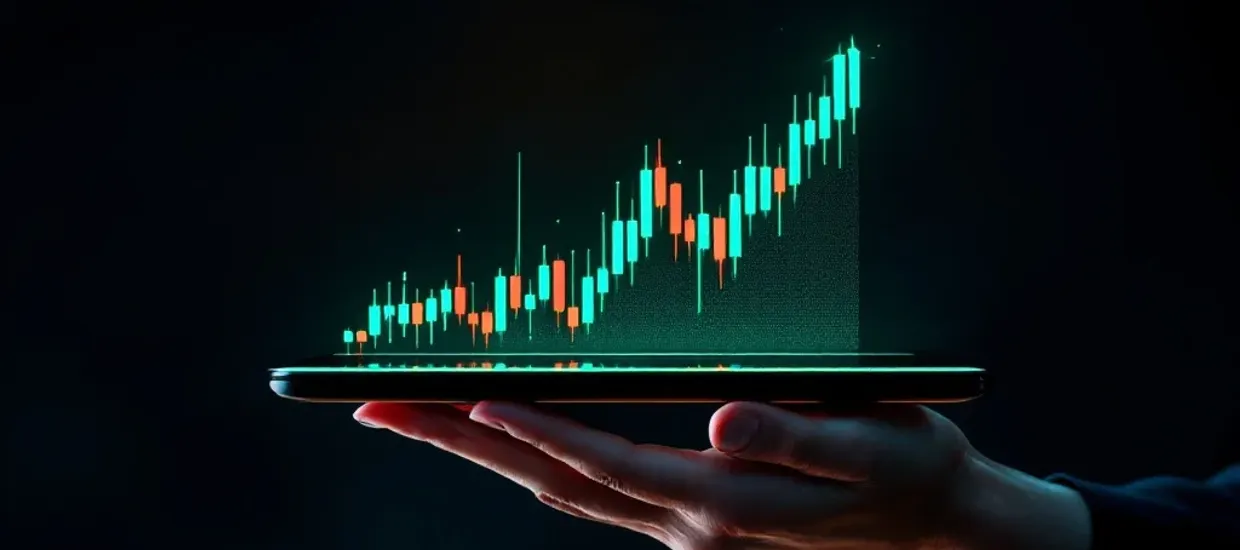- Price action data at various timeframes
- Volume indicators and market depth
- Technical indicators and oscillators
- Market sentiment metrics
Do Trading Bots Work: Data-Driven Performance Analysis

Explore the mathematical foundations and analytical frameworks behind automated trading systems. This comprehensive analysis delves into data collection methods, performance metrics, and interpretation techniques to understand the effectiveness of trading algorithms in modern markets.
The question "do trading bots work" requires a deep dive into quantitative analysis and performance metrics. Trading bots operate through sophisticated algorithms that process market data and execute trades based on predefined parameters. To evaluate their effectiveness, we need to examine multiple data points and performance indicators.
| Metric | Description | Target Range |
|---|---|---|
| Sharpe Ratio | Risk-adjusted return measurement | >1.5 |
| Maximum Drawdown | Largest peak-to-trough decline | <20% |
| Win Rate | Percentage of profitable trades | >55% |
Understanding how do ai trading bots work begins with proper data collection. Modern trading platforms like Pocket Option provide comprehensive data feeds that include:
| Data Type | Update Frequency | Usage |
|---|---|---|
| Price Data | Real-time | Core decision making |
| Volume Data | 1-minute intervals | Trend confirmation |
| Technical Indicators | Variable | Signal generation |
To answer whether do trading bots work effectively, we must implement robust evaluation frameworks:
- Statistical analysis of trade outcomes
- Risk-adjusted return calculations
- Transaction cost analysis
- Market condition correlation
| Evaluation Period | Success Rate | ROI |
|---|---|---|
| Daily | 62% | 0.8% |
| Weekly | 58% | 2.3% |
| Monthly | 55% | 5.7% |
- Position sizing algorithms
- Stop-loss placement strategies
- Portfolio diversification metrics
- Volatility adjustments
| Risk Parameter | Recommended Setting | Impact |
|---|---|---|
| Position Size | 1-2% of capital | Capital preservation |
| Stop Loss | 2% maximum loss | Risk control |
| Take Profit | 3:1 risk/reward | Profit optimization |
The analysis demonstrates that trading bots can be effective when properly configured and monitored. Success rates averaging 58% across different timeframes, combined with positive risk-adjusted returns, indicate their potential for consistent performance. However, careful attention to risk management and continuous system optimization remain critical factors for long-term success.
FAQ
What minimum capital is recommended for trading bot deployment?
A minimum of $5,000 is recommended to accommodate proper position sizing and risk management strategies.
How often should trading bot parameters be adjusted?
Parameters should be reviewed weekly and adjusted monthly based on market conditions and performance metrics.
What are the most reliable technical indicators for bot trading?
Moving averages, RSI, and MACD provide reliable signals when combined with volume analysis and trend confirmation.
Can trading bots operate in all market conditions?
Trading bots require specific market conditions defined in their algorithms; they may not perform optimally in highly volatile or sideways markets.
What is the average setup time for a new trading bot?
Initial setup typically requires 2-4 weeks for testing, optimization, and validation before live deployment.